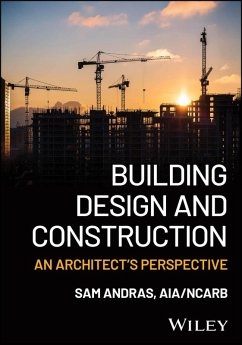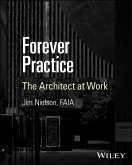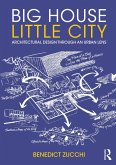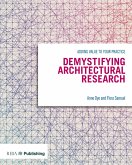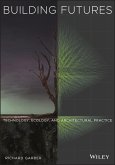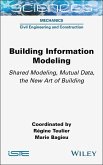Offers experience-driven guidance on navigating the full building design and construction process
Building Design and Construction: An Architect's Perspective provides the foundational knowledge necessary to lead complex projects with confidence. Drawing on over 40 years of combined experience in both construction and architectural practice, author Sam Andras delivers a comprehensive understanding of how building projects succeed-beginning with a clear grasp of the roles, responsibilities, and collaboration required among all stakeholders. This highly practical resource fills a crucial gap between academic instruction and real-world application-connecting professional principles to actual project experiences through detailed case studies and lessons learned.
Rather than simply explaining processes, the author provides a roadmap for decision-making at every stage-from concept to completion. Readers will gain insight into key delivery methodologies, contract structures, and design phases while learning how to evaluate and select the best approaches for each unique project. Throughout the book, practical examples underscore how missteps were corrected, or could have been avoided, through cooperation, collaboration, and shared goals, helping students and professionals alike avoid common pitfalls.
With a clear, step-by-step structure and emphasis on collaborative success, Building Design and Construction: An Architect's Perspective:
Addressing both design intent and construction execution to demonstrate how integrated thinking drives project success, Building Design and Construction: An Architect's Perspective is ideal for architecture, engineering, and construction management students. It is also a valuable reference guide for owners and project managers seeking a working understanding of what drives successful project delivery.
Building Design and Construction: An Architect's Perspective provides the foundational knowledge necessary to lead complex projects with confidence. Drawing on over 40 years of combined experience in both construction and architectural practice, author Sam Andras delivers a comprehensive understanding of how building projects succeed-beginning with a clear grasp of the roles, responsibilities, and collaboration required among all stakeholders. This highly practical resource fills a crucial gap between academic instruction and real-world application-connecting professional principles to actual project experiences through detailed case studies and lessons learned.
Rather than simply explaining processes, the author provides a roadmap for decision-making at every stage-from concept to completion. Readers will gain insight into key delivery methodologies, contract structures, and design phases while learning how to evaluate and select the best approaches for each unique project. Throughout the book, practical examples underscore how missteps were corrected, or could have been avoided, through cooperation, collaboration, and shared goals, helping students and professionals alike avoid common pitfalls.
With a clear, step-by-step structure and emphasis on collaborative success, Building Design and Construction: An Architect's Perspective:
- Features a dedicated "Roadmap to Success" chapter that integrates key lessons from preceding chapters while setting the foundation for the integration and understanding of post-chapters
- Explains industry-standard terminology, tools, and documentation to build a shared understanding among project stakeholders
- Includes clearly defined processes for selecting project teams, delivery methods, and contractual frameworks
- Provides strategic approaches to troubleshooting project challenges, including key aspects of project planning that directly impact long-term project outcomes
Addressing both design intent and construction execution to demonstrate how integrated thinking drives project success, Building Design and Construction: An Architect's Perspective is ideal for architecture, engineering, and construction management students. It is also a valuable reference guide for owners and project managers seeking a working understanding of what drives successful project delivery.
Dieser Download kann aus rechtlichen Gründen nur mit Rechnungsadresse in D ausgeliefert werden.

